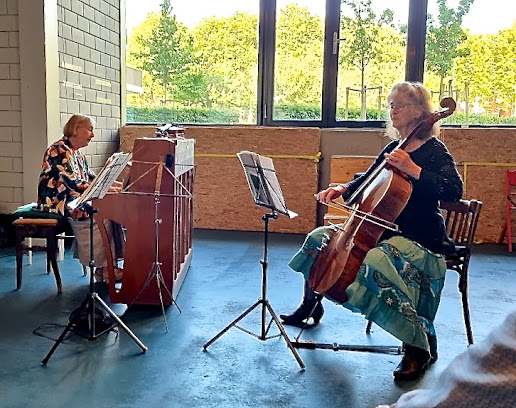As I ponder old-age and the remaining creative time I may very well have, I am greatly encouraged by the words of the famous Japanese artist and printmaker Hokusai (1760-1849) : “From the age of six, I had the habit of sketching from life. I became an artist…and from fifty on began producing works that won some reputation, but nothing I did before the age of seventy was worthy of attention...If I go on trying...at one hundred and forty or more...I will have reached the stage where every dot and every stroke I paint will be alive". Wow, what an example!
This woodblock print (26 x 38 cm.,1830) The Great Wave off Kangawa is Hokusai's best-known work and the first in his series Thirty-six Views of Mount Fuji. He was then already seventy and this iconic work soon became probably the most reproduced image in the history of art.
While Mount Fuji is calmly placed asymmetrically in the distance, the fishing-boats might appear to be waging a losing battle against the claws of those huge ominous waves. Or are they successfully cleaving their way through the irresistible forces of nature? It's an endless discussion.
Facilitated by Dutch traders, Japanese prints and design flooded Europe, the movement entitled Japonisme inspired artists like Van Gogh, Monet (the Giverny Garden) and composers like Debussy (La Mer), Čiurlionis (The Sea) and many others. The coloured outlines of shapes in Van Gogh's paintings were probably influenced by the characteristics of woodblock prints. My own fluid watercolours were certainly influenced by Japanese art, especially since I travelled there in 1984. So it was so natural that I should be asked to paint live kinetic images to the music of Toshio Hosokawa with the Netherlands Chamber Orchestra: "Meditation for the victims of the Tsunami 11/3/11".

































